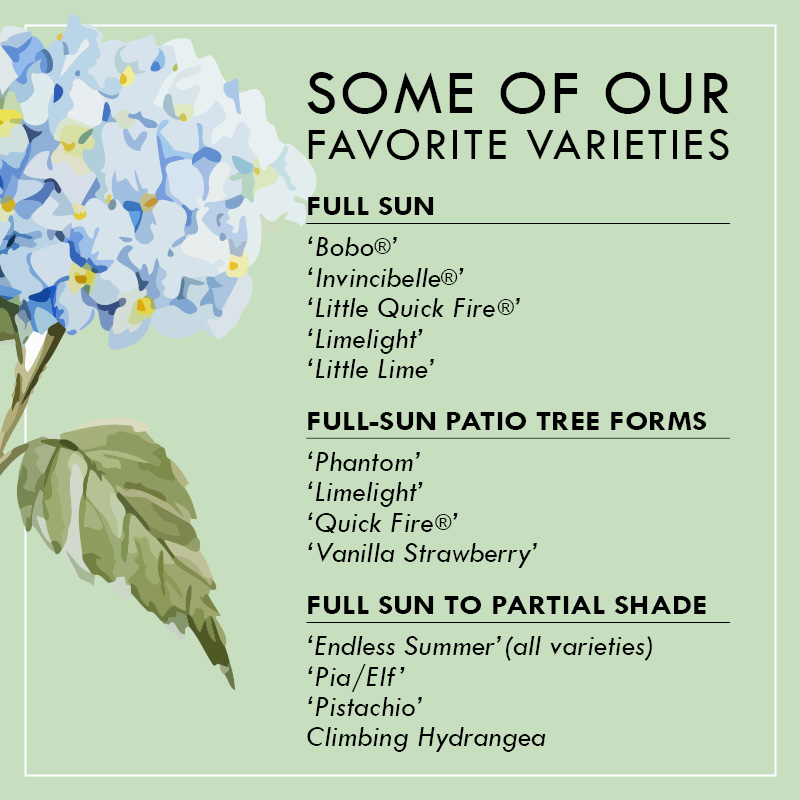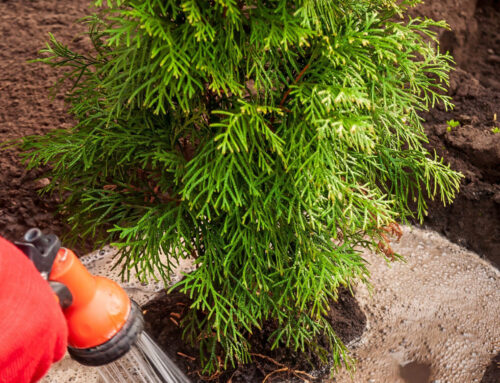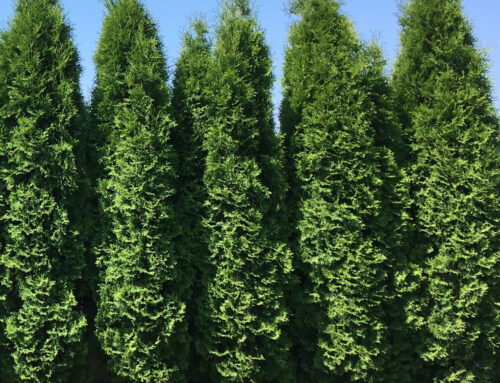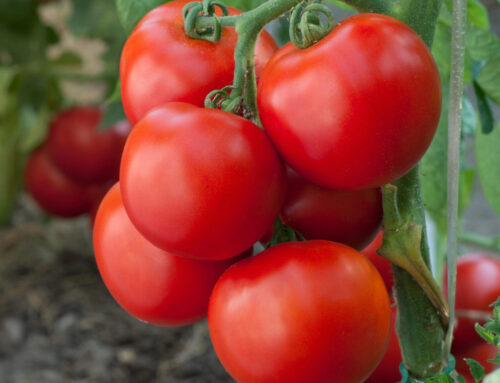The summer is prime time to see beautiful hydrangeas in bloom. With a wide variety of foliage size, bloom color, shape, and bloom time, from sun-loving varieties to those that prefer shade, there is a hydrangea to suit every taste in any garden. They are one of the most popular varieties of landscape shrubs, and range from container-sized varieties to large spreading varieties that rebloom year after year. Their hardiness and resistance to many diseases and pests make it relatively easy to grow.
MOPHEAD HYDRANGEAS
Macrophylla (Mophead) Hydrangeas are what people normally consider hydrangeas, with large, globelike clusters of blue, pink, and white blooms. There are two varieties of mophead hydranges, including “old wood” or “new wood”. Old wood varieties produce blooms on stems on the plant since the summer before the current season, and produce their spring flowers in the fall. New wood bloomers make their flower buds on new wood (current season growth) in the spring.
Mopheads are easily affected by soil pH. Blue blooms result from acidic soil (and can be maintained using soil acidifiers), while pink blooms indicate alkaline soil.
Varieties of Mophead Hydrangeas
Lacecap Hydrangeas bloom with round disk of short flowers, with frilly edges.
Endless Summer® Hydrangeas re-bloom throughout the spring and summer months, known to bloom 10 to 12 weeks longer than average hydrangea macrophylla plants.
PANICULATA (PANICLE) HYDRANGEAS
Panicle hydrangeas prefer sun, larger in stature, and blooms are cone-shaped rather than round. Panicle hydrangeas are also new wood bloomers, so you won’t need to worry about winter hardiness.
Varieties include ‘Bobo’, ‘Limelight’, ‘Little Lime’, and ‘Pinky Winky’.
SOIL, WATER & PRUNING
Hydrangea typically prefer rich, moist, well-drained soil, and will quickly wilt if they are underwatered. Dead-heading flowers encourages more and bigger blooms. Left unpruned, they will produce fewer flowers because of a growth-inhibiting chemical released by the terminal bud at the tip of the stem.
Prune new wood bloomers in spring before growth starts. For old wood bloomers, prune after blooms have faded. Avoid pruning past August since any new growth is susceptible to an early-fall freeze.
OTHER HYDRANGEA VARIETIES
Oakleaf Hydrangeas (Quercifolia), or oakleaf hydrangeas, are shade-loving and great as hedge plants, with the leaves turning red in the fall.
Climbing Hydrangea is a slow-growing vine that matures at about 50 feet. In summer, it bears lacecap-like clusters of white flowers over its rich green foliage.
Smooth Hydrangea (Arborescens), known also as snowball hydrangea, is an especially easy-growing type that’s native to areas of North America. It has clusters of pure white flowers from midsummer into autumn; the older flowers often fade to green before they turn brown and dry.





